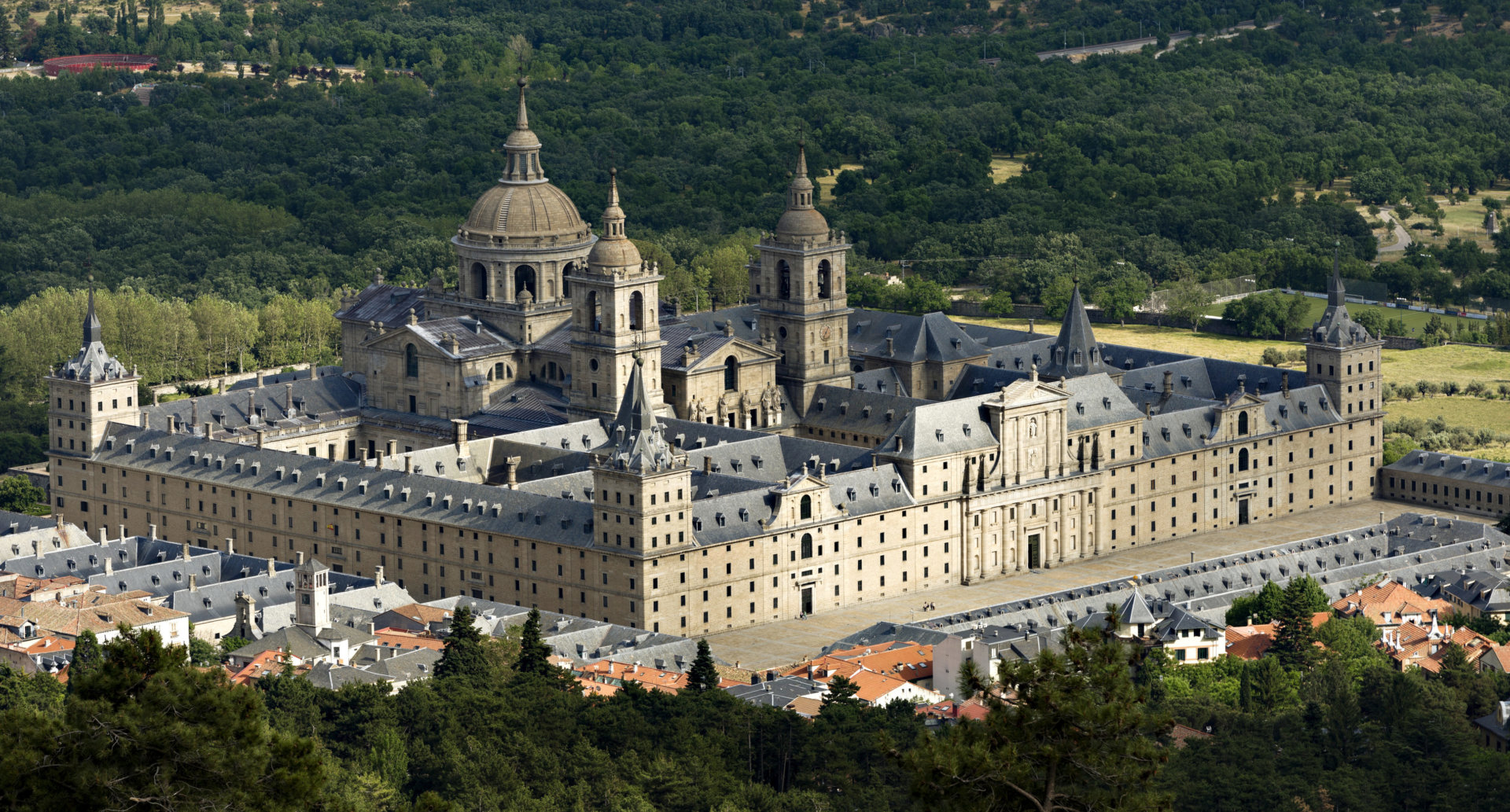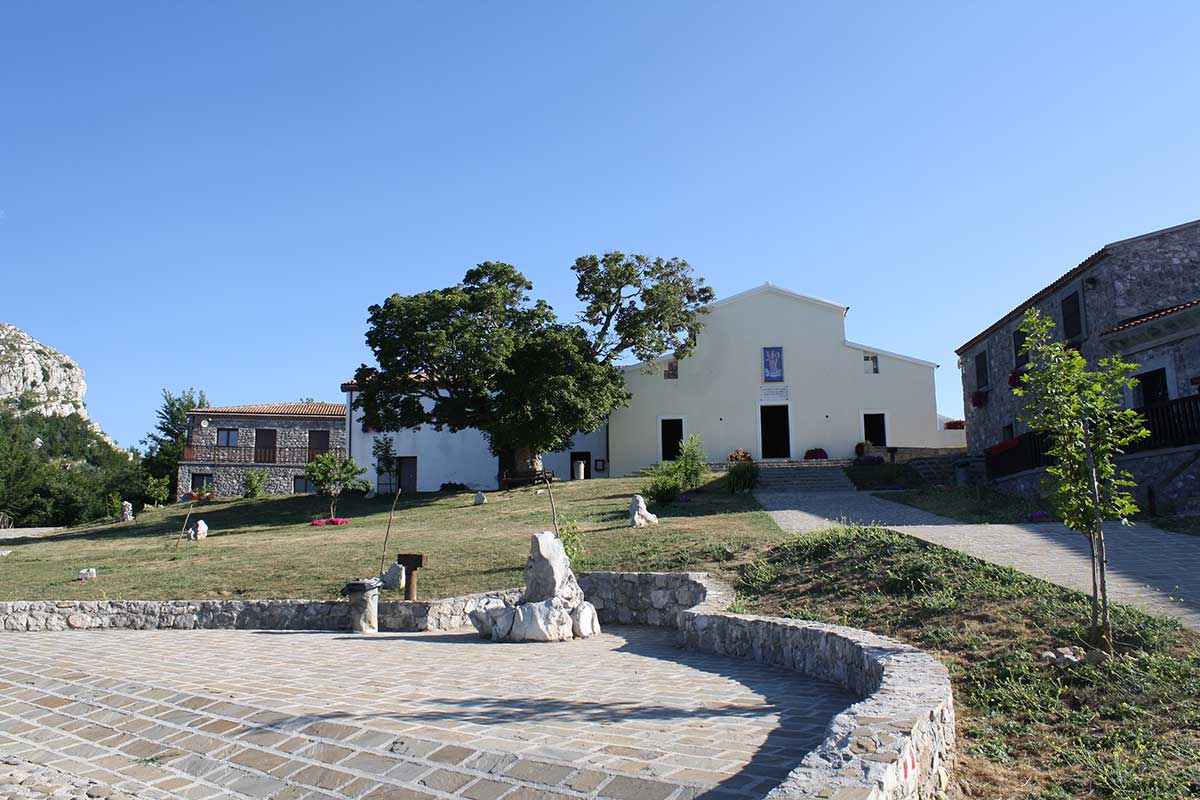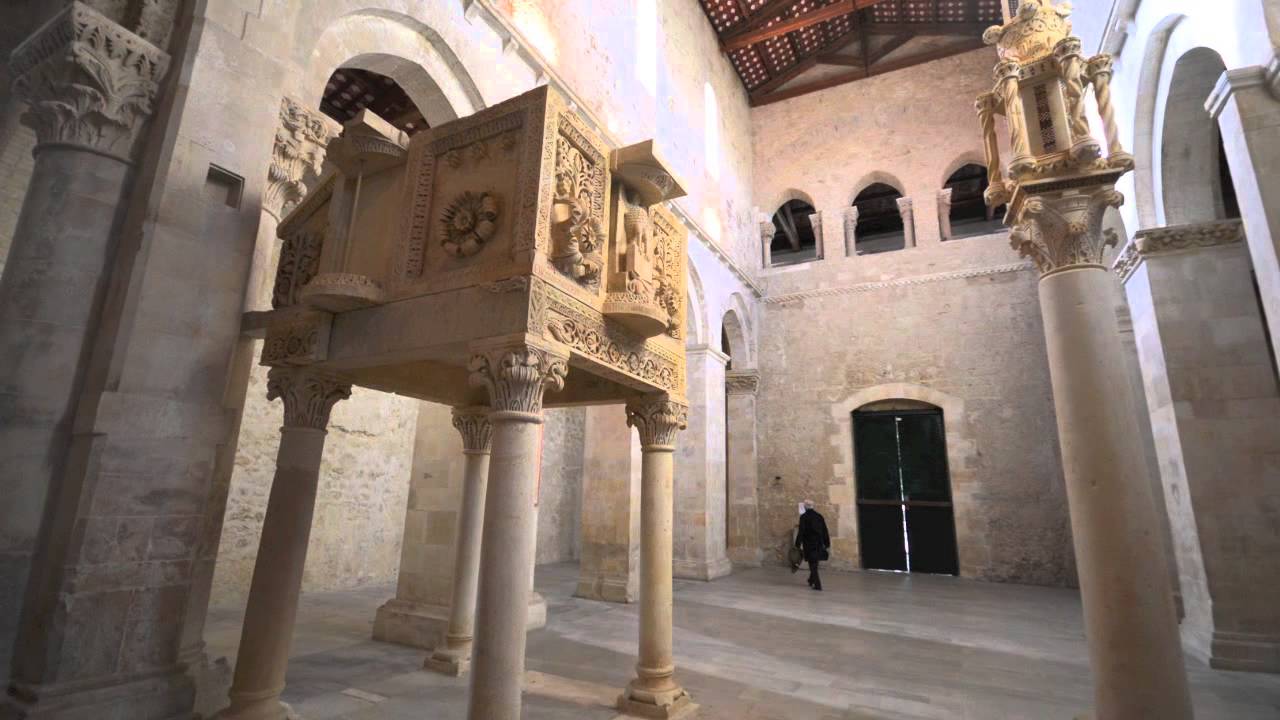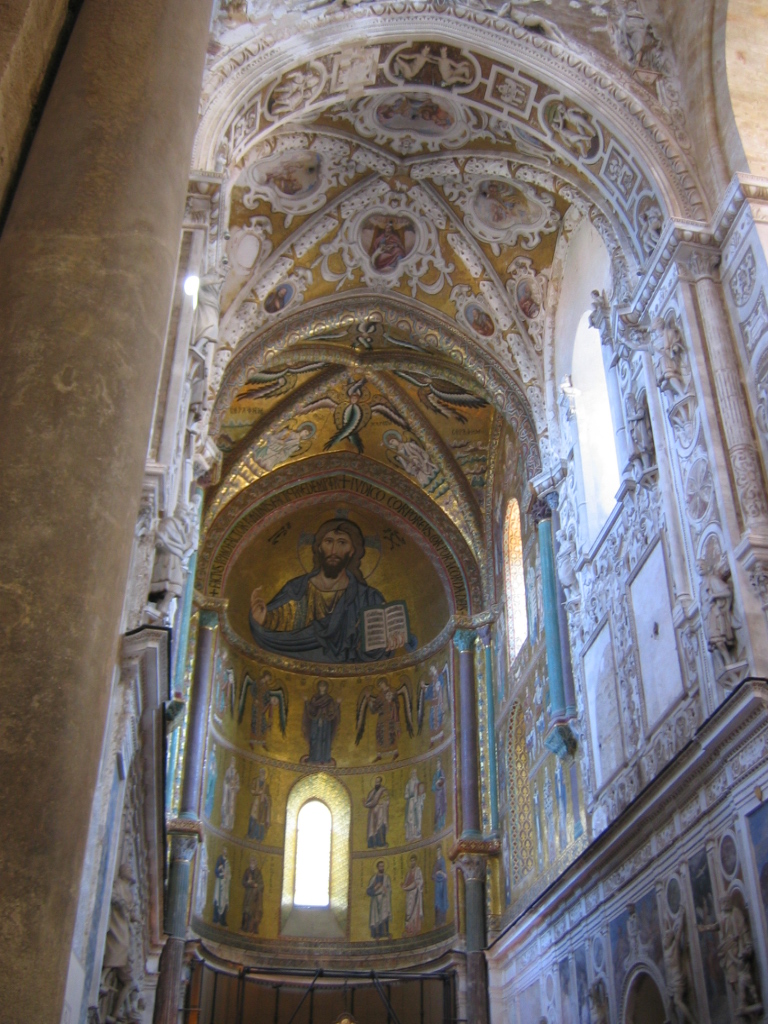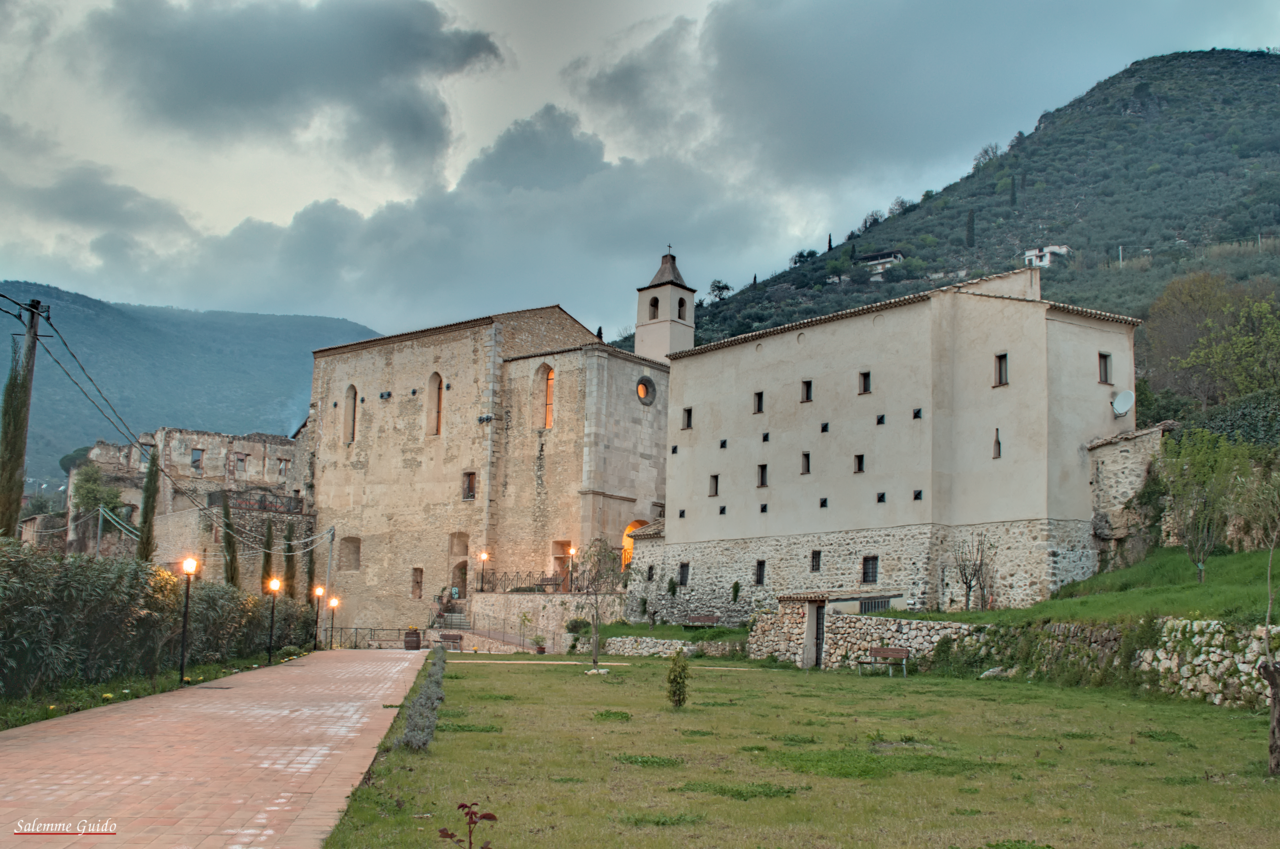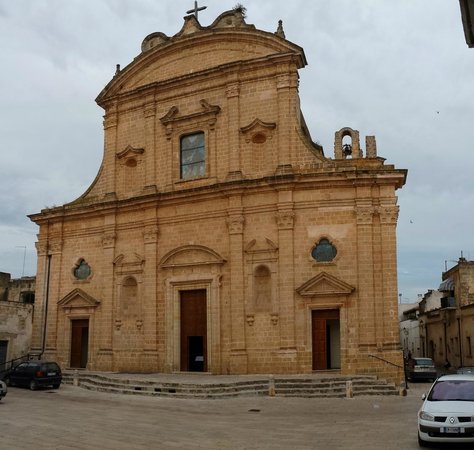The Escorial is a vast building complex located in San Lorenzo de El Escorial, near Madrid, in central Spain. The building is the most important architectural monument of the Spanish Renaissance. Construction of El Escorial began in 1563 and ended in 1584.
The project was conceived by King Philip II, who wanted a building to serve the multiple purposes of a burial place for his father, Holy Roman emperor Charles V; a Hieronymite monastery; and a palace.
El Escorial Monastery
El Escorial Monastery
The first architect, Juan Bautista de Toledo, designed the ground plan on a gridiron scheme, recalling the grill on which San Lorenzo, the patron of the building, was martyred.
After Toledo’s death, Juan de Herrera took up work on the project. Although Herrera was influenced by the styles of Sebastiano Serlio and Giacomo Barozzi da Vignola, the final product was uniquely Spanish.
The building complex, severe in its lines, has four principal stories with large towers at each corner.
Arranged within a quadrangle, the buildings include: the church (1582);the monastery, royal palace, and college (1584) and the library (1592).
The interior of the Escorial was decorated by many notable Spanish and Italian artists of the 16th and 17th centuries. An important collection of paintings by Renaissance and baroque artists donated by the crown is among the many artistic treasures housed in the complex.
The decoration of El Escorial was carefully coordinated with the architecture to create a unified artistic effect. The sober statue of San Lorenzo on the main façade and the six statues of Old Testament kings on the façade of the basilica prepare the way for a splendid display of saints and kings inside the basilica.
